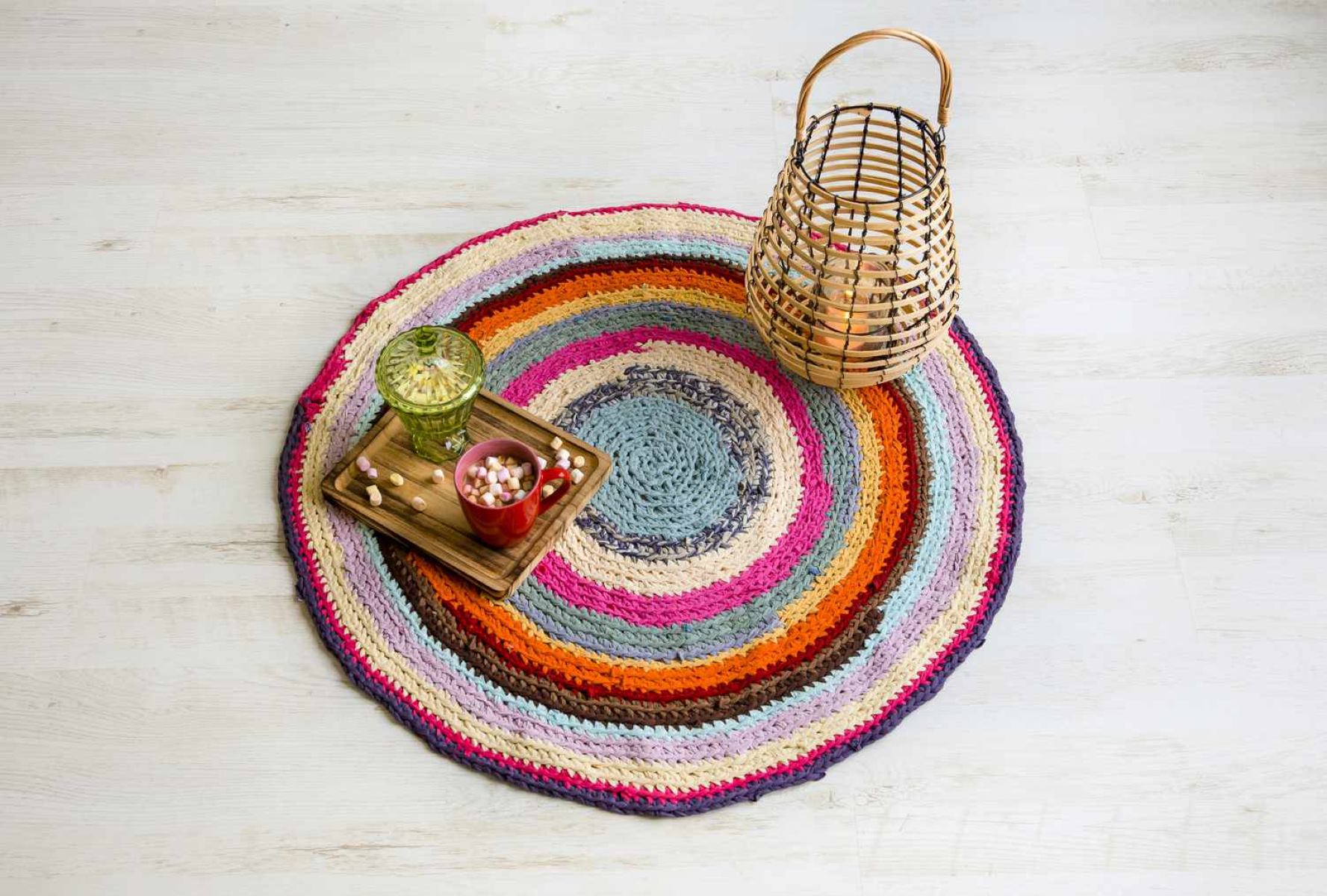

Articles
How To Make Rugs From Old Clothes
Modified: August 20, 2024
Learn how to repurpose your old clothes and create beautiful rugs with this collection of informative articles on rug-making techniques.
(Many of the links in this article redirect to a specific reviewed product. Your purchase of these products through affiliate links helps to generate commission for Storables.com, at no extra cost. Learn more)
Introduction
Welcome to the world of rug making! If you have a pile of old clothes, don’t throw them away just yet. Instead, why not repurpose them and turn them into beautiful rugs? Not only will you be reducing waste and giving new life to old garments, but you’ll also be creating unique and personalized home decor.
Making rugs from old clothes is a fun and creative project that anyone can do. Whether you’re an experienced crafter or a novice looking for a new hobby, this guide will walk you through the steps of transforming your old clothes into functional and stylish rugs.
Before we dive into the rug making process, it’s important to note that there are various methods and techniques you can use. In this article, we’ll cover the basics and provide a general overview of the rug making process. Feel free to adapt and experiment with different techniques to suit your preferences and available materials.
So, let’s get started on this exciting journey of turning your old clothes into beautiful rugs that will adorn your floors with style and personality. Gather your materials, roll up your sleeves, and let’s begin!
Key Takeaways:
- Transform old clothes into beautiful, sustainable rugs using braiding, crocheting, or rag rug techniques. Reduce waste, unleash creativity, and add unique, personalized decor to your home.
- Embrace the joy of rug making by repurposing old clothes, experimenting with different techniques, and adding finishing touches. Create functional, handmade rugs while contributing to sustainability.
Read more: How To Make Quilt From Old Clothes
Step 1: Gather Old Clothes
The first step in making rugs from old clothes is to gather the garments you wish to repurpose. Take a look through your closet, drawers, and storage to identify any clothes that you no longer wear or are in need of repair. This could include t-shirts, jeans, dresses, or any other fabric-based items.
You can also ask friends and family if they have any old clothes they’re willing to part with. Organize a clothing swap or reach out to local thrift stores to see if they have any donations they can provide for your rug making project.
When collecting old clothes, consider the color palette and patterns you want to incorporate into your rugs. Mixing and matching different colors and prints can create visually interesting and unique designs. Remember, the more clothes you gather, the more options you’ll have when it comes to designing your rugs.
It’s important to note that when selecting clothes, make sure they are clean and free from any stains or damage that could affect the quality of the rug. Inspect each garment thoroughly to ensure that it can be safely cut and repurposed for rug making.
Once you have gathered all the old clothes you need, it’s time to move on to the next step: sorting and preparing the clothes for rug making.
Step 2: Sort and Prepare the Clothes
After gathering your old clothes, the next step in making rugs from old clothes is to sort and prepare them for the rug-making process. This step is essential to ensure that you have the right materials and to make the cutting process easier.
Start by sorting the clothes based on their fabric type. Separate cotton-based garments from synthetic fabrics like polyester or nylon. This will help you determine which clothes are suitable for the rug-making technique you plan to use.
Next, examine each piece of fabric and determine if there are any buttons, zippers, or other non-fabric elements that need to be removed. While some buttons can be included in the rug design, it’s best to remove anything that could potentially create unevenness or discomfort when walking on the finished rug.
Once you have sorted and inspected the clothes, it’s time to prepare them for cutting. Start by washing and drying the garments to ensure they are clean and free of any dirt or stains. This step is crucial, as it will prevent any unwanted smells or discoloration in your final rug.
After the clothes are clean and dry, you can begin cutting them into strips. The width and length of the strips may vary depending on the rug-making technique you choose. For example, if you plan to make a braided or crocheted rug, you may want to cut wider strips. If you’re considering a rag rug technique, narrower strips will work well.
It’s important to note that you can cut the clothes manually using fabric scissors or employ the help of a cutting tool like a rotary cutter for a more precise and efficient process. Either way, ensure that each strip is uniform in size and free from any frayed edges or loose threads.
Once you have sorted and prepared the clothes, you are ready to move on to the next step of the rug-making process: cutting the clothes into strips.
Step 3: Cut the Clothes into Strips
Now that you have sorted and prepared your old clothes, it’s time to start cutting them into strips. This step is essential for creating the building blocks of your rug.
Begin by laying out each garment on a flat surface. Take your fabric scissors or rotary cutter and carefully cut along the seams of the clothes to separate them into individual pieces. Remove any sleeves, collars, or other sections that you don’t plan to use for your rug.
Once you have a pile of separate fabric pieces, it’s time to cut them into strips. The width of the strips will depend on your personal preference and the rug-making technique you’ve chosen. If you’re unsure, a standard width of around 1-2 inches (2.5-5 cm) works well for most rug-making projects.
To achieve consistent strip widths, use a ruler or template and mark the fabric before cutting. This will help ensure that all the strips are the same size. Alternatively, you can use fabric scissors with a built-in ruler to guide your cuts.
As you cut the fabric into strips, consider the length as well. Longer strips will result in fewer joins during the rug-making process, creating a smoother and more seamless appearance. However, if you have limited fabric or prefer a more patchwork-style rug, shorter strips can still produce remarkable results.
Once you have finished cutting the clothes into strips, carefully collect and organize them, separating them by color, pattern, or any other categorization that suits your rug design. This will make it easier to select the appropriate strips as you start creating your rug.
Now that you have a pile of neatly cut fabric strips, you’re ready to move on to the next step: choosing a rug-making technique.
Step 4: Choose a Rug Making Technique
With your fabric strips ready, it’s time to choose a rug-making technique that best suits your style and preferences. There are several techniques to consider, each offering a unique look and level of complexity.
One popular technique is braiding. Braided rugs are created by weaving fabric strips together in a braid pattern. You can choose between a traditional oval or circular shape or get creative with other shapes and designs. Braided rugs have a classic and timeless look and can be made using three or more fabric strips.
Another technique is crocheting. Crocheted rugs are made using a crochet hook and can produce intricate patterns and designs. This technique is great if you’re familiar with crochet stitches or are interested in learning. You can experiment with different crochet stitches and color combinations to create a truly unique rug.
If you prefer a simpler approach, consider making a rag rug. Rag rugs are made by knotting or weaving fabric strips onto a base, such as a loom or a sturdy piece of fabric. This technique allows for flexibility in design and can be adapted to different shapes and sizes.
Alternatively, you can opt for a latch hook rug-making technique. This involves using a latch hook tool to loop fabric strips through a mesh canvas, creating a plush and textured rug. Latch hooking offers endless design possibilities and is a great option if you enjoy working with a variety of colors and textures.
Regardless of the technique you choose, make sure it aligns with your skill level, available time, and the desired outcome. Some techniques may require more practice and patience, while others can be picked up quickly.
Research and explore each technique to determine which one resonates with your creative vision. Once you’ve made your decision, you can move on to the next step: starting the rug-making process.
When making rugs from old clothes, be sure to use a non-slip rug pad underneath to prevent slipping and sliding on hard floors.
Read more: How To Store Old Clothes
Step 5: Start Making the Rug
Now that you have chosen a rug-making technique, it’s time to dive into the exciting process of actually creating your rug. This step will vary depending on the technique you’ve selected, but here are some general guidelines to help you get started.
If you’ve chosen to make a braided rug, begin by selecting three fabric strips in complementary colors or patterns. Tie a knot at one end of the strips, securing them together. Next, start braiding the strips, crossing the outer strip over the middle strip and then the opposite outer strip over the new middle strip. Continue braiding, adding new fabric strips as needed, until you reach the desired length of your rug. To secure the end, tie a knot and trim any excess fabric.
For crocheted rugs, start by creating a foundation chain using a crochet hook and one fabric strip. The length of the chain will determine the width of your rug. Once you have the foundation chain, follow the specific crochet stitches and pattern you have chosen. Work row by row until your rug reaches the desired size. Remember to regularly change fabric strips to create a visually appealing design.
If you’ve opted for a rag rug, start by preparing a base material, such as a loom or a sturdy fabric. Attach the fabric strips to the base material using knots or weaving techniques. You can experiment with different patterns, such as alternating colors or creating a gradient effect. Continue adding fabric strips until your rug reaches the desired size. Secure the ends and trim any excess fabric.
For latch hook rugs, begin by securing a mesh canvas onto a frame or surface. Use a latch hook tool to loop the fabric strips through the openings in the canvas, creating a plush pile. Work row by row, following your chosen design or pattern. Be mindful of the length of the fabric strips as you hook them through the canvas to create a uniform appearance. Once you’ve completed the rug, secure and trim any loose ends.
Remember to take breaks and pace yourself throughout the rug-making process. It’s a labor of love that requires time and patience, but the end result will be a beautiful, handmade rug that you can proudly display in your home.
Continue working on your rug until you achieve the desired size and shape. Feel free to get creative and adjust the design or incorporate different fabric strips as you go along.
Now that you’ve started making your rug, it’s time to move on to the next step: continuing the rug-making process.
Step 6: Continue Rug Making
With the initial stages of your rug-making process underway, it’s time to continue working on your project. This step will involve building upon the foundation you’ve started and adding in more fabric strips to create a larger and more intricate rug.
In this step, the specific techniques and methods you initially chose will guide your progress. As you work, keep in mind the overall design and vision you have for your rug. Consider the color palette, pattern choices, and any unique touches or details you want to incorporate.
If you’re making a braided rug, continue braiding the fabric strips together, adding new ones as necessary. As you add strips, ensure that they are securely knotted or sewn into place. Pay attention to the tension and tightness of the braid to maintain a consistent appearance throughout the rug.
For crocheted rugs, continue following the pattern and stitches you selected. As you add more rows, take note of the fabric strips you use and how they contribute to the overall design. Consider changing colors or experimenting with different stitches to create visual interest and unique textures.
If you’re making a rag rug, continue weaving or knotting the fabric strips onto the base material. Take time to examine the overall pattern and shape of your rug, making adjustments as needed. Keep adding fabric strips in a consistent manner to ensure a cohesive and well-composed final result.
For latch hook rugs, continue working row by row, looping fabric strips through the mesh canvas. Keep track of the colors and placement of the strips to create the desired design or image. Take breaks to step back and assess your progress, making any necessary changes or tweaks along the way.
Throughout this step, take breaks when needed to rest your hands and refocus your creativity. Rug making is a process that requires both patience and dedication, but the end result will be a unique and handcrafted masterpiece.
Continue working on your rug until you reach your desired size or until you’ve used all your fabric strips. Be prepared to adapt and adjust your design as necessary, allowing your artistic instincts to guide the process.
Now that you’ve continued with your rug-making journey, it’s time to move on to the final step: adding those finishing touches.
Step 7: Finishing Touches
Congratulations on nearing the final stages of your rug-making project! In this step, we’ll focus on adding those finishing touches to make your rug complete and ready to showcase in your home.
First, assess the overall appearance of your rug. Take a close look at the edges and any joins to ensure they are secure and tidy. If needed, you can trim any loose threads or uneven sections to achieve a clean and polished look.
Next, consider adding a border or edging to your rug. This can be done through various methods such as crochet, braiding, or sewing. Choose a technique that complements the style and design of your rug. Adding a border or edging will give your rug a more finished and professional appearance.
If your rug has a lot of loose ends from different fabric strips, you can secure them using a needle and thread or a fabric glue suitable for your rug material. This will prevent any unraveled sections and give your rug a neat and cohesive look.
Once you’re satisfied with the structure of your rug, it’s time to give it a thorough cleaning. If your rug is made from machine-washable fabrics, follow the care instructions to ensure the longevity of your creation. For rugs made from delicate or non-washable materials, use a fabric-safe cleaner or simply vacuum the rug to remove any dust or dirt.
Finally, find the perfect spot in your home to display your handmade rug. Whether it’s in the living room, bedroom, or even as a statement piece in the hallway, your rug will add warmth and character to any space.
Don’t forget to take a moment to appreciate the hard work and creativity you put into making your rug. Not only have you transformed old clothes into a functional and unique piece of decor, but you’ve also contributed to reducing waste and promoting sustainable practices.
There you have it! By following these steps, you have successfully turned your old clothes into a beautiful rug. Enjoy the satisfaction of creating something with your own hands and the joy of seeing your creation breathe new life into your home.
Remember, rug making is a versatile and customizable craft, so don’t be afraid to experiment with different techniques, materials, and designs in the future. Happy rug making!
Conclusion
Congratulations on completing your journey of turning old clothes into beautiful rugs! In this guide, we’ve explored the step-by-step process of gathering old clothes, sorting and preparing them, cutting them into strips, choosing a rug-making technique, starting the rug, continuing the rug-making process, and adding those finishing touches. By repurposing your old clothes, you’ve not only created unique and personalized rugs but also contributed to reducing waste and promoting sustainability.
Throughout this process, you’ve tapped into your creativity, learned new skills, and transformed everyday items into functional and stylish home decor. Each rug you’ve made carries a story, showcasing the fabrics and colors of the clothes you once wore.
But the journey doesn’t have to end here. Rug making is a versatile craft, and there are countless possibilities for you to experiment with different techniques, colors, patterns, and styles. You can further personalize your rugs by incorporating sentimental garments or exploring different textures and materials.
Not only are these rugs a practical addition to your home, but they also serve as a reminder of your creative abilities and the positive impact you can make. Consider sharing your rug-making skills with friends and family, organizing workshops, or even selling your handcrafted rugs online. Who knows, your passion for rug making may inspire others to embark on their own creative endeavors.
Remember to continue honing your rug-making skills, exploring new techniques, and pushing the boundaries of your creativity. With each rug you make, you’re not only enhancing your own space but also contributing to a sustainable and eco-friendly future.
So, gather those old clothes, unleash your imagination, and let your creativity lead the way. You have the power to transform the ordinary into the extraordinary, one rug at a time.
Frequently Asked Questions about How To Make Rugs From Old Clothes
Was this page helpful?
At Storables.com, we guarantee accurate and reliable information. Our content, validated by Expert Board Contributors, is crafted following stringent Editorial Policies. We're committed to providing you with well-researched, expert-backed insights for all your informational needs.
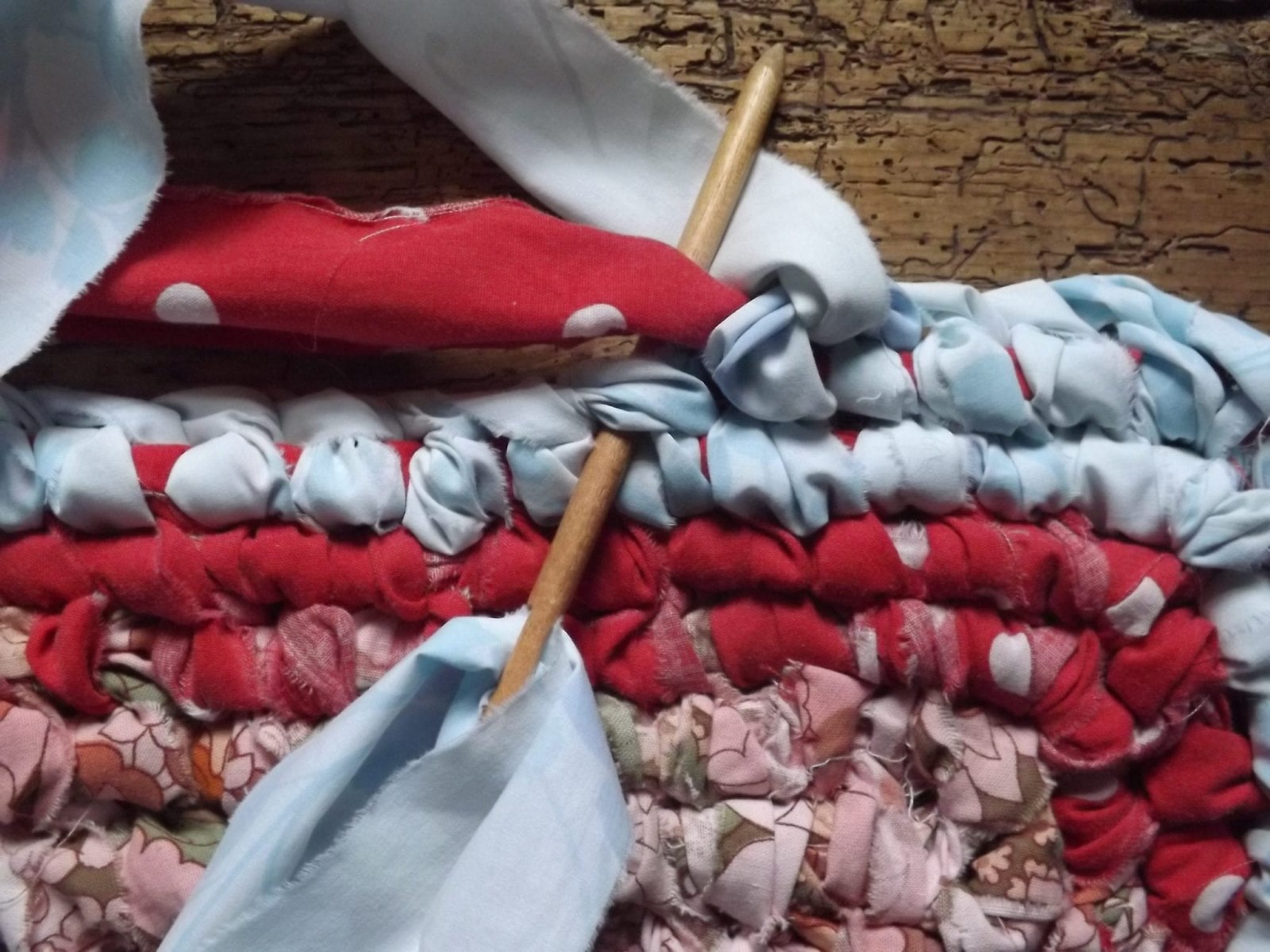
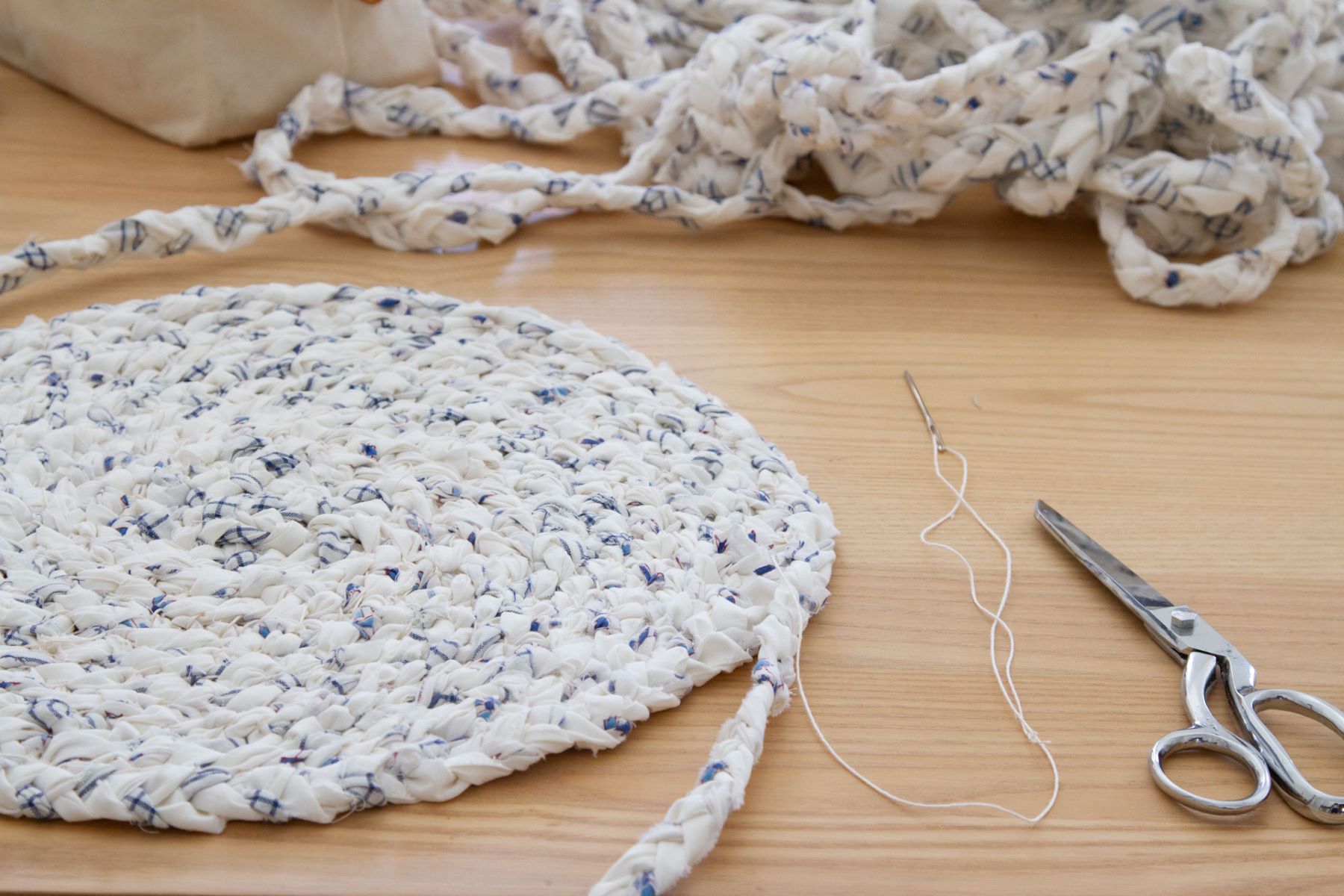
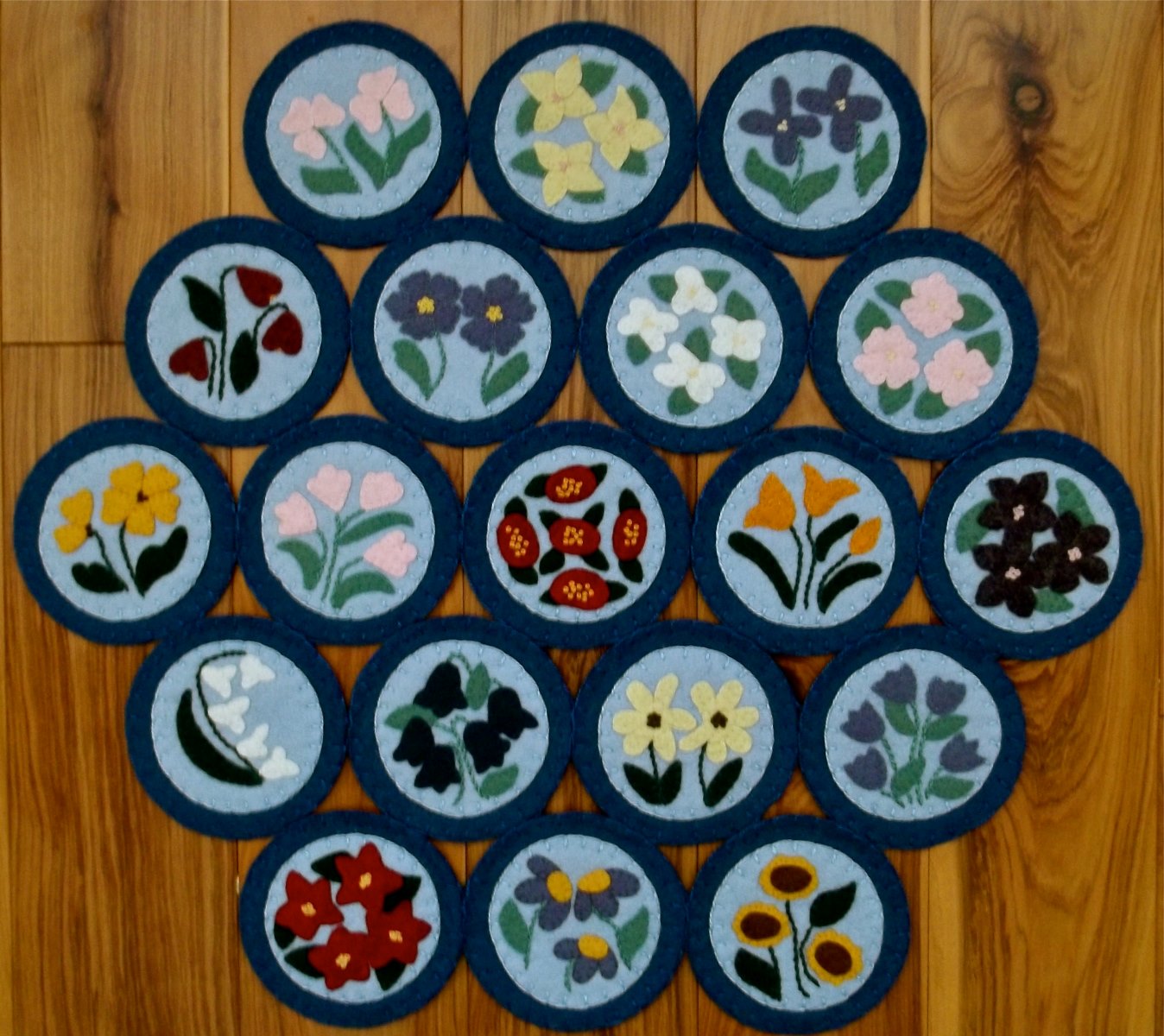
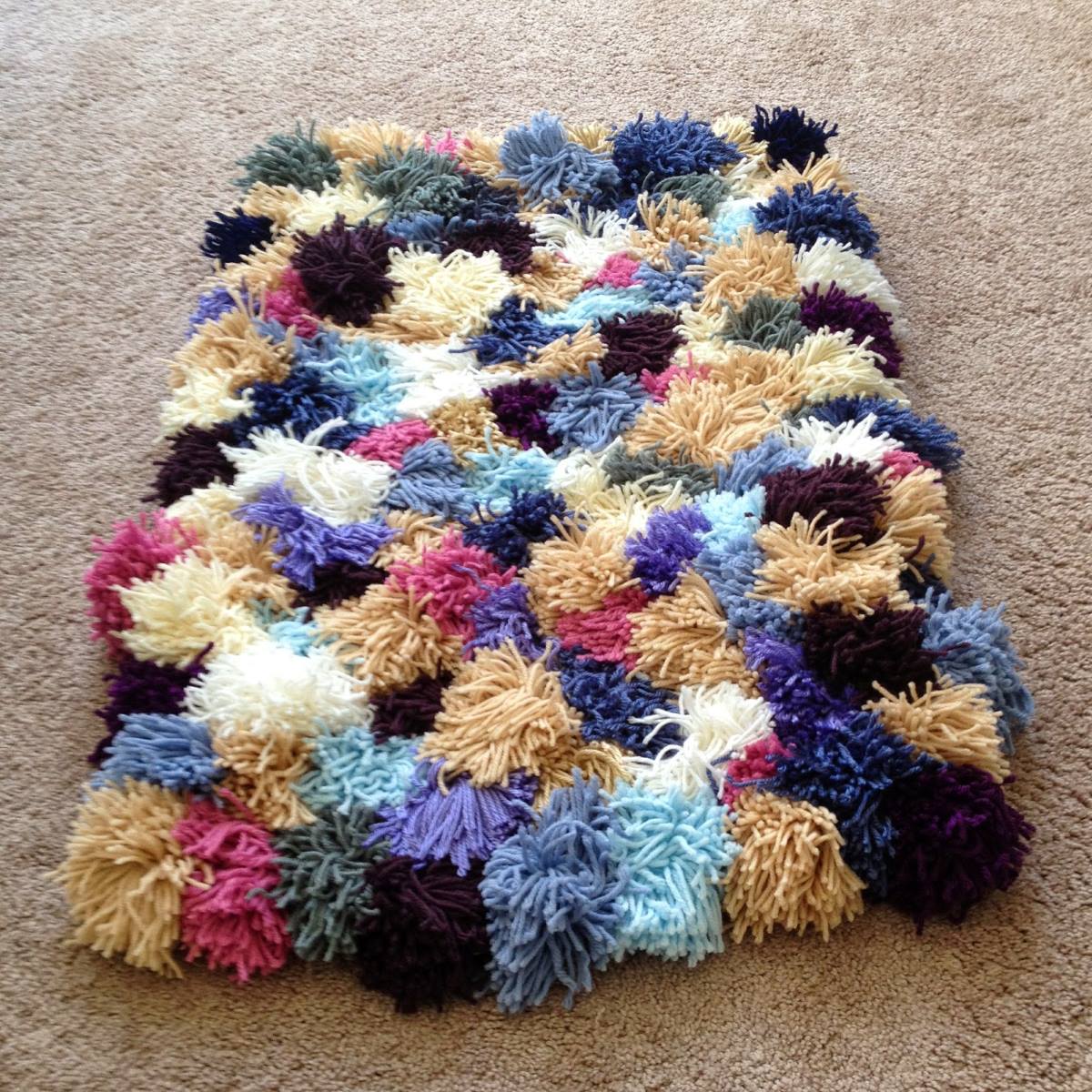
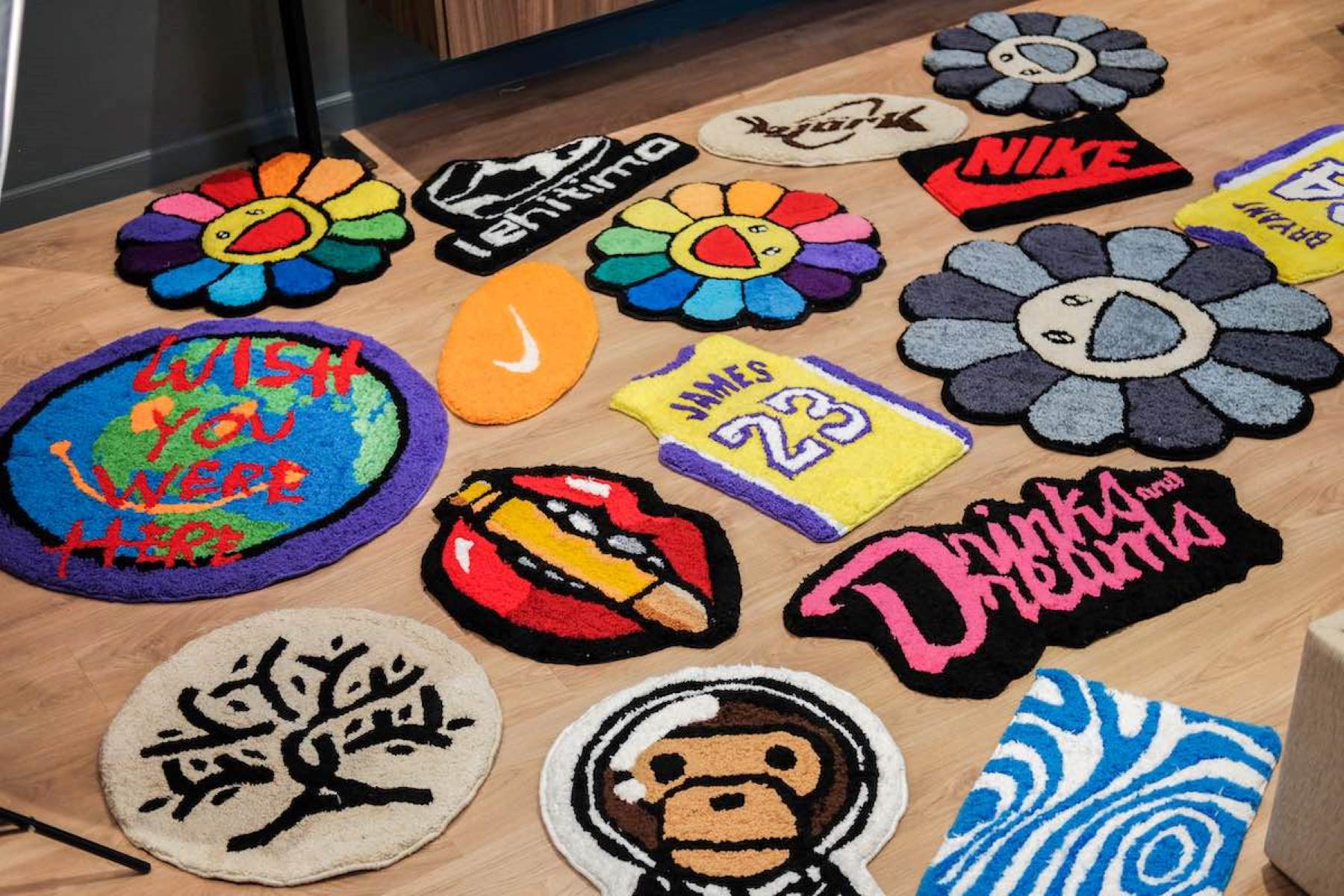
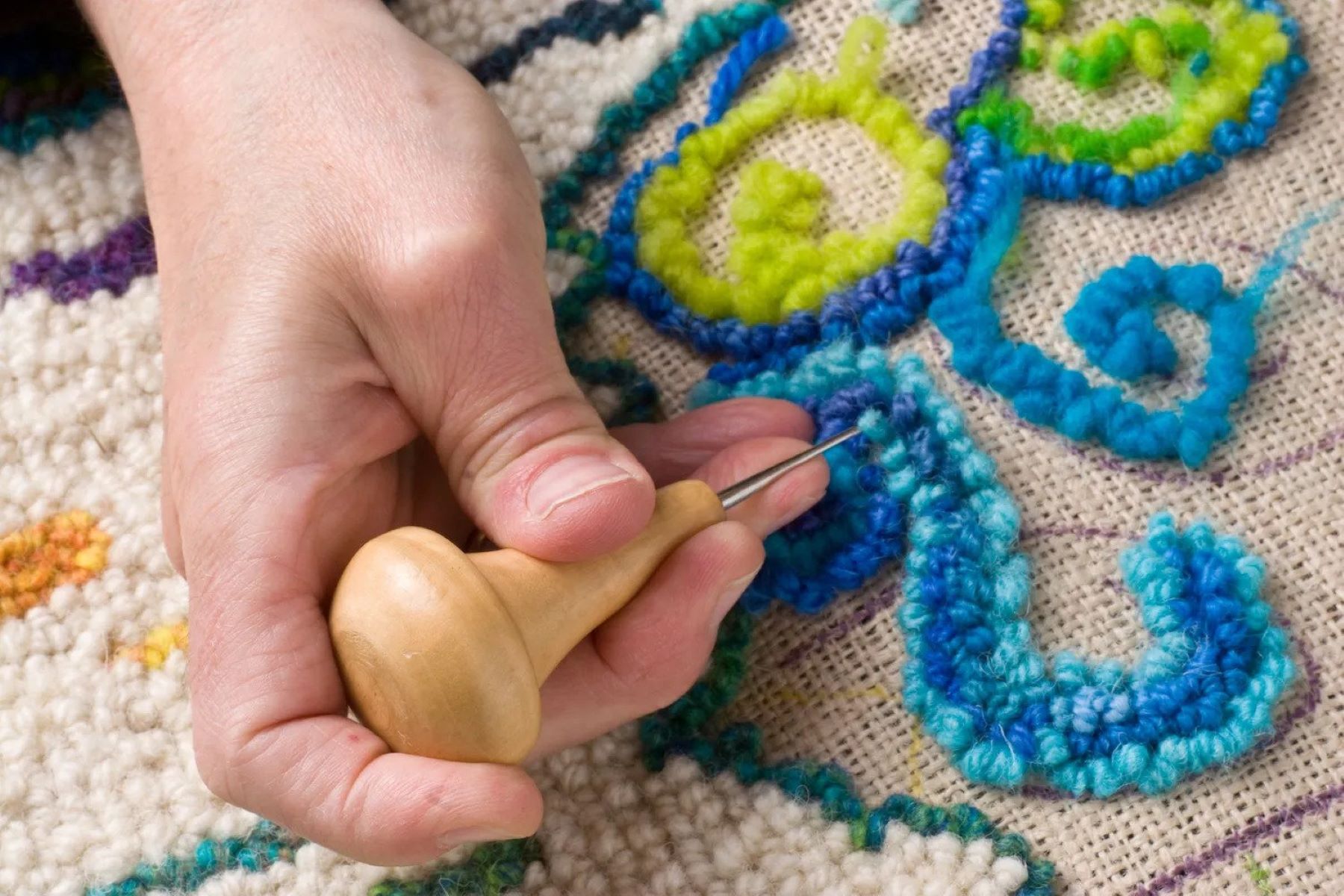
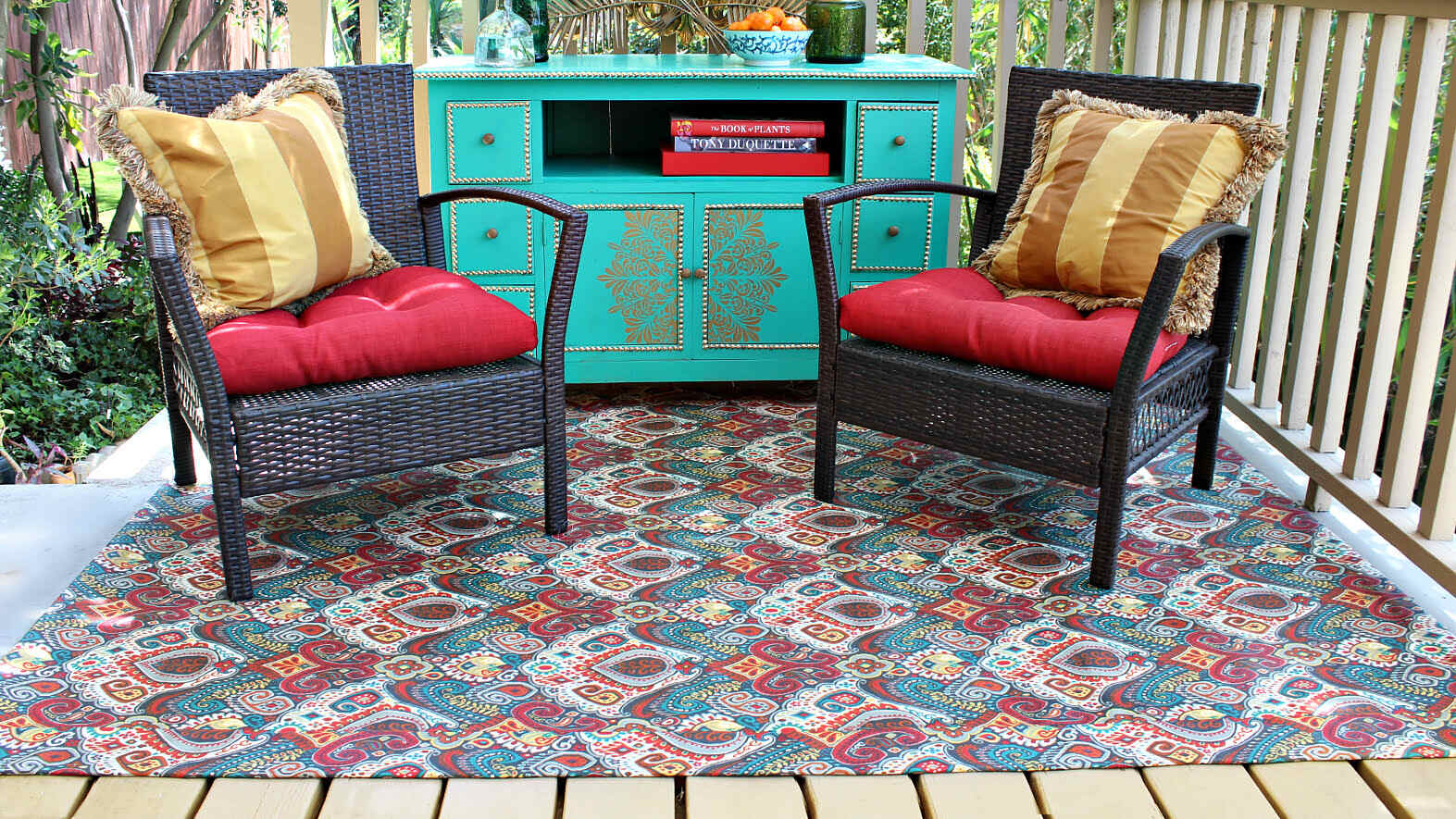
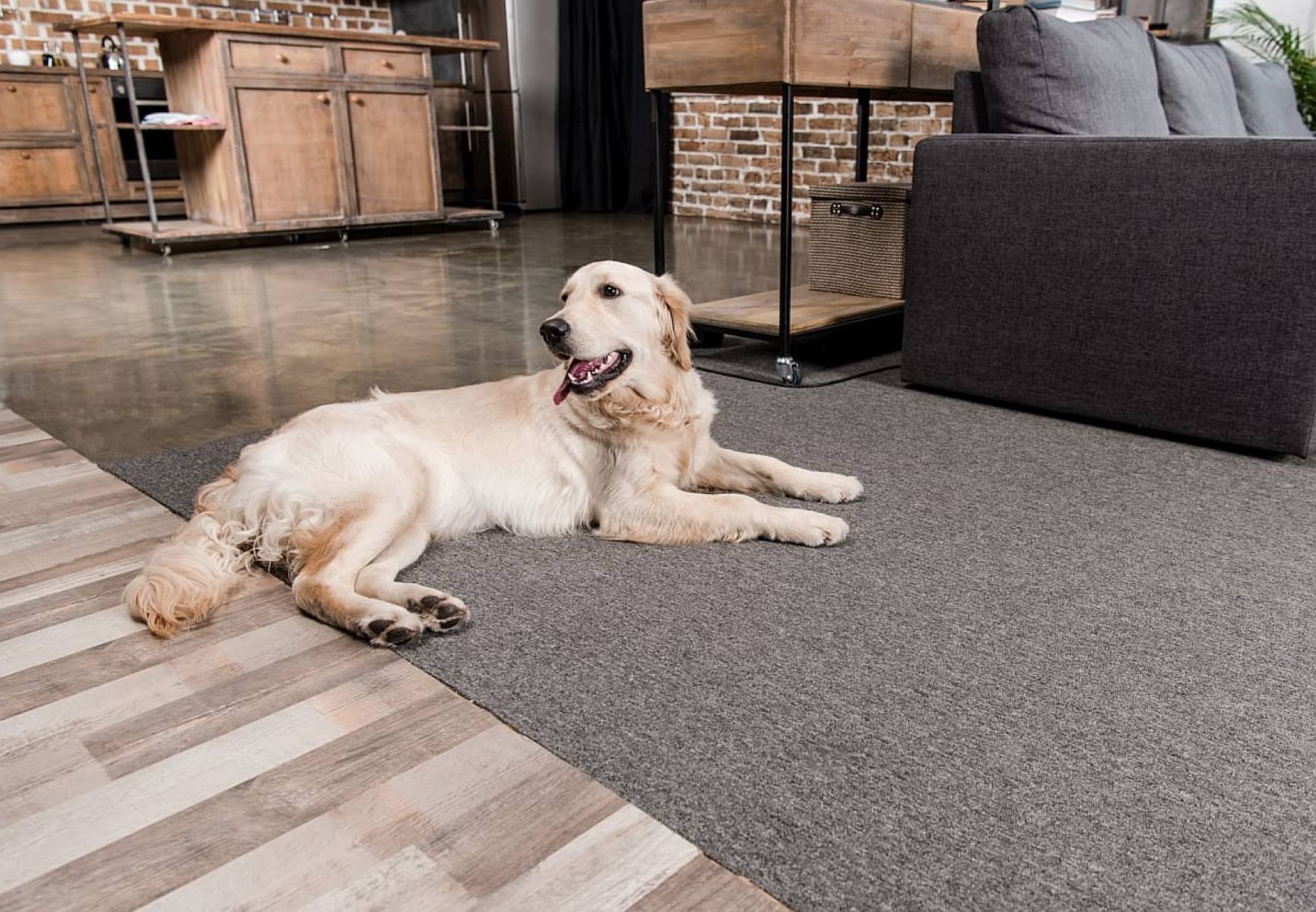
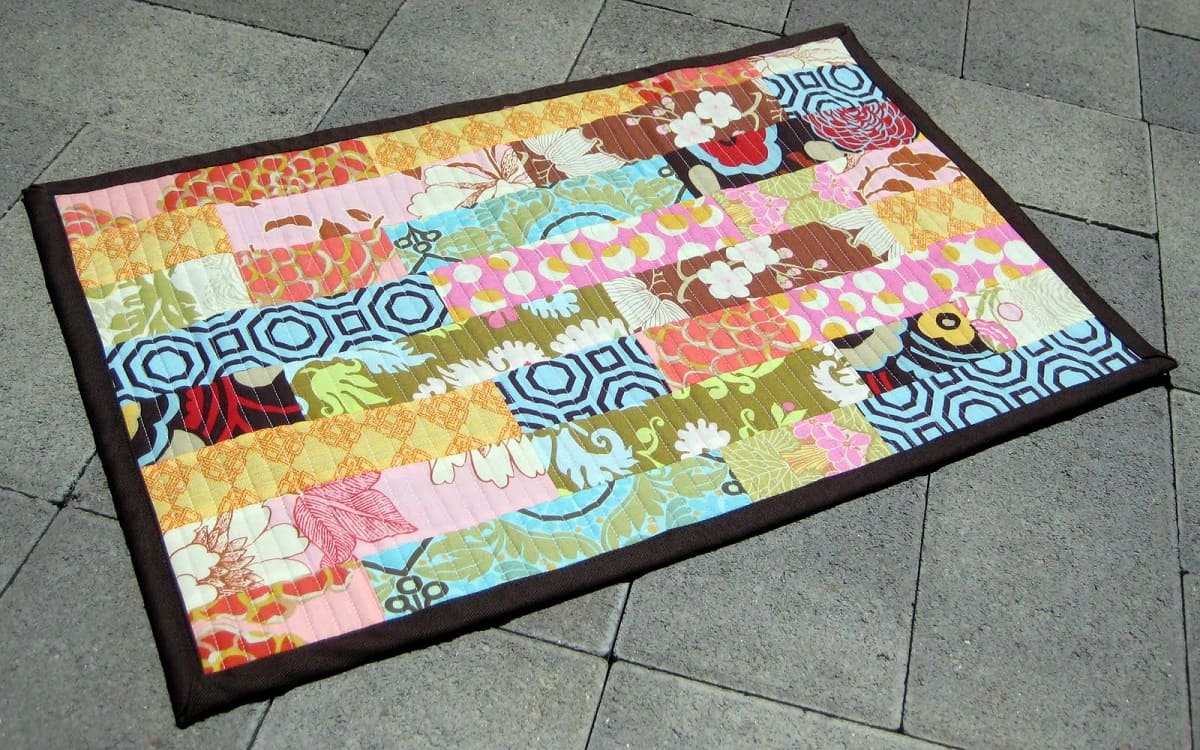
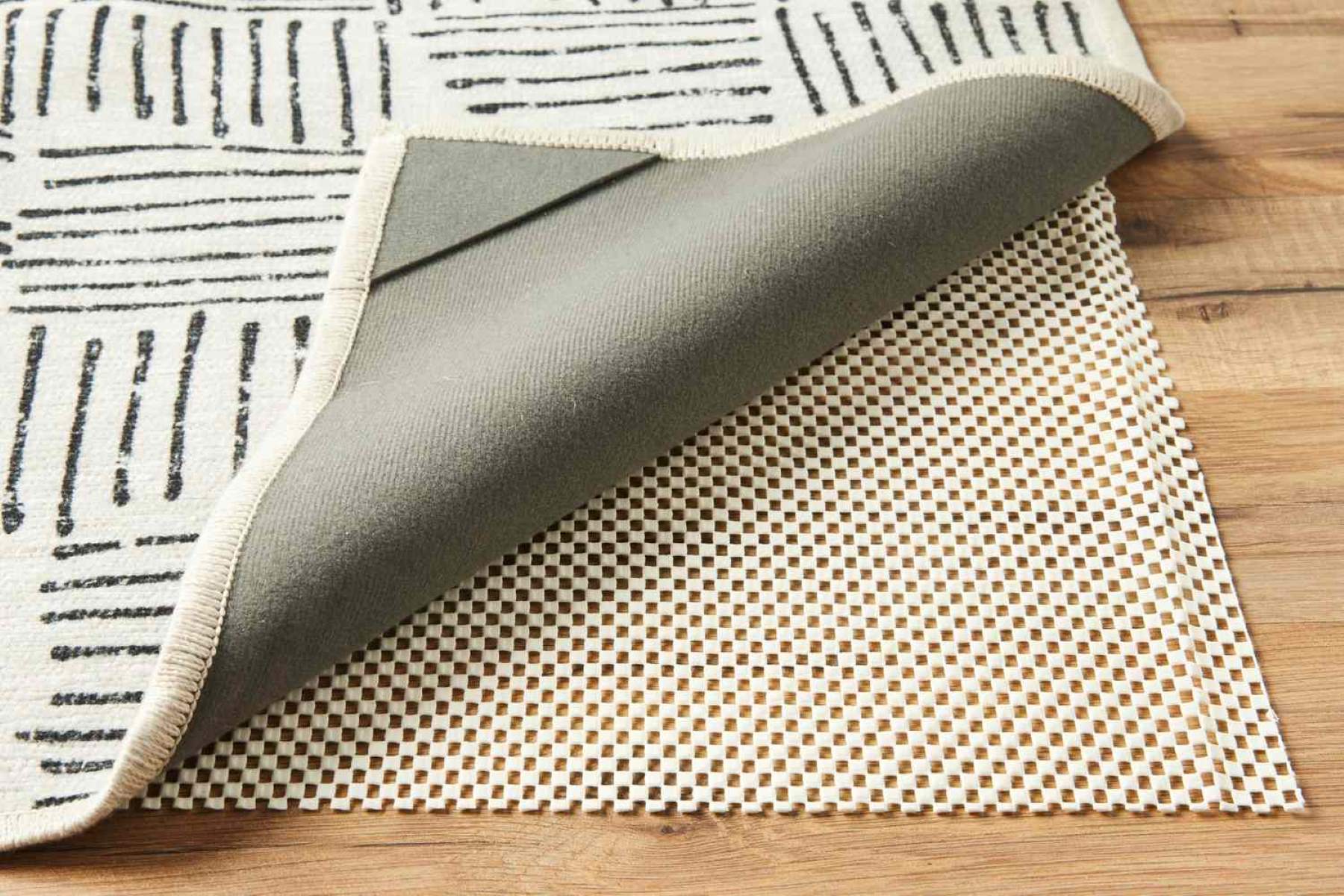
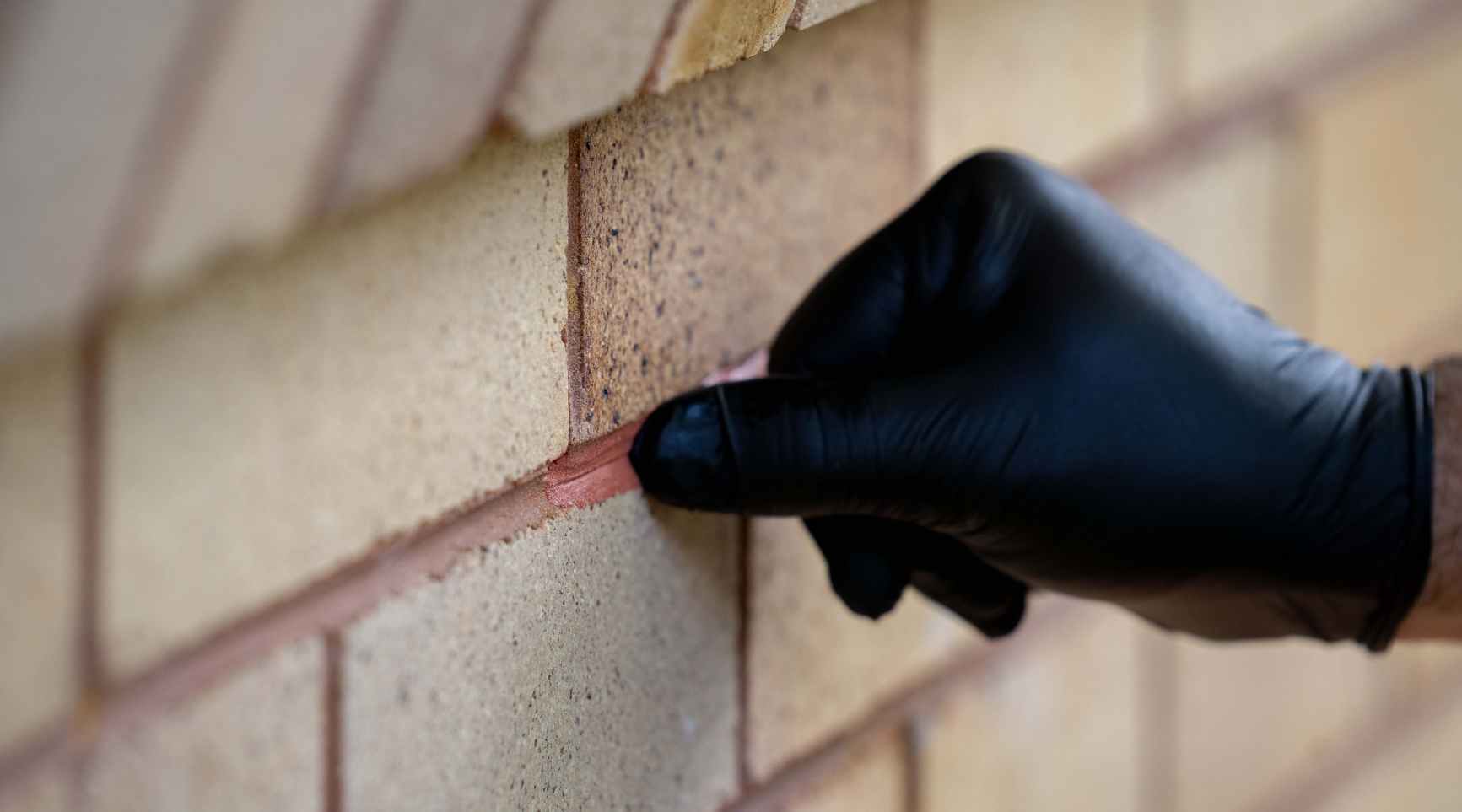
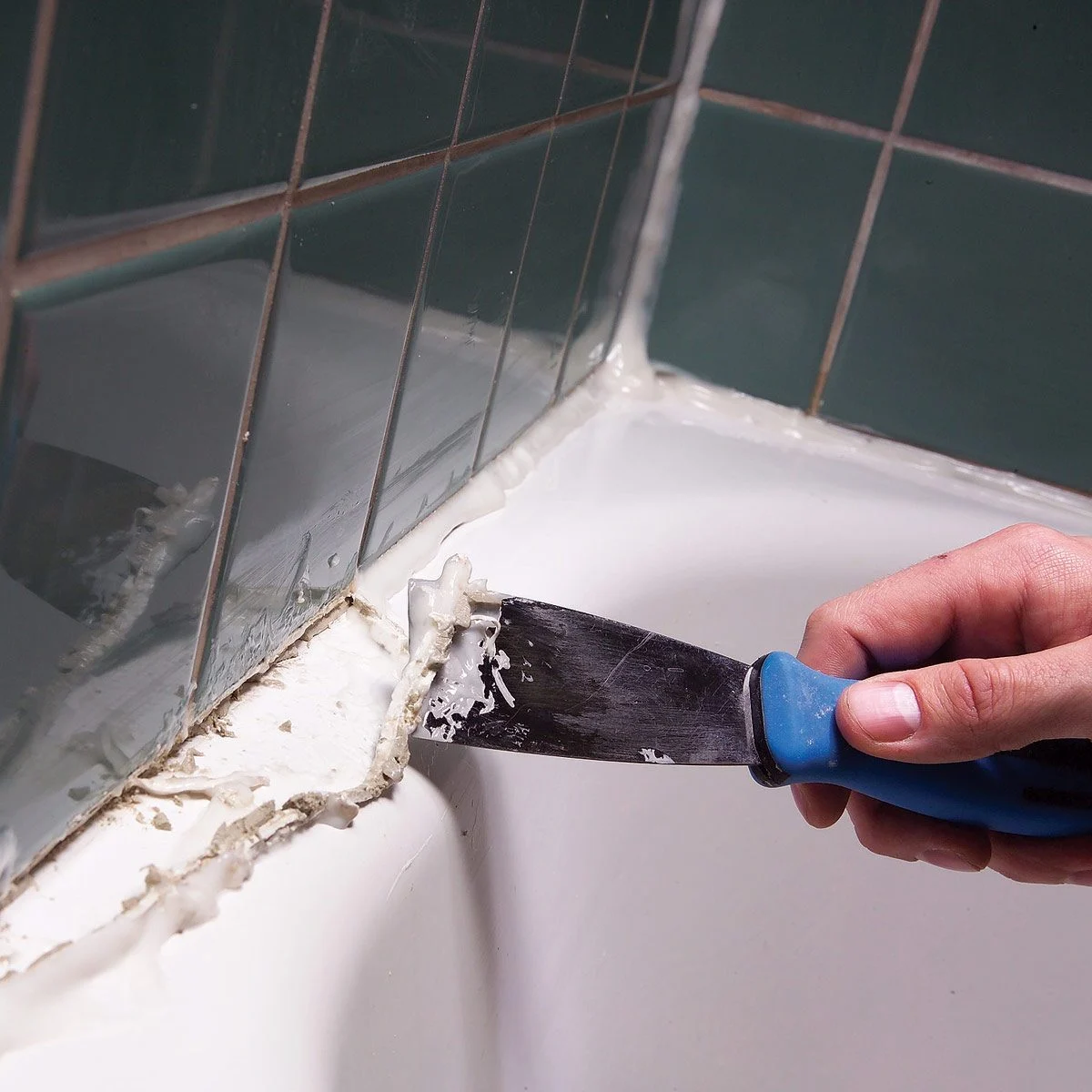
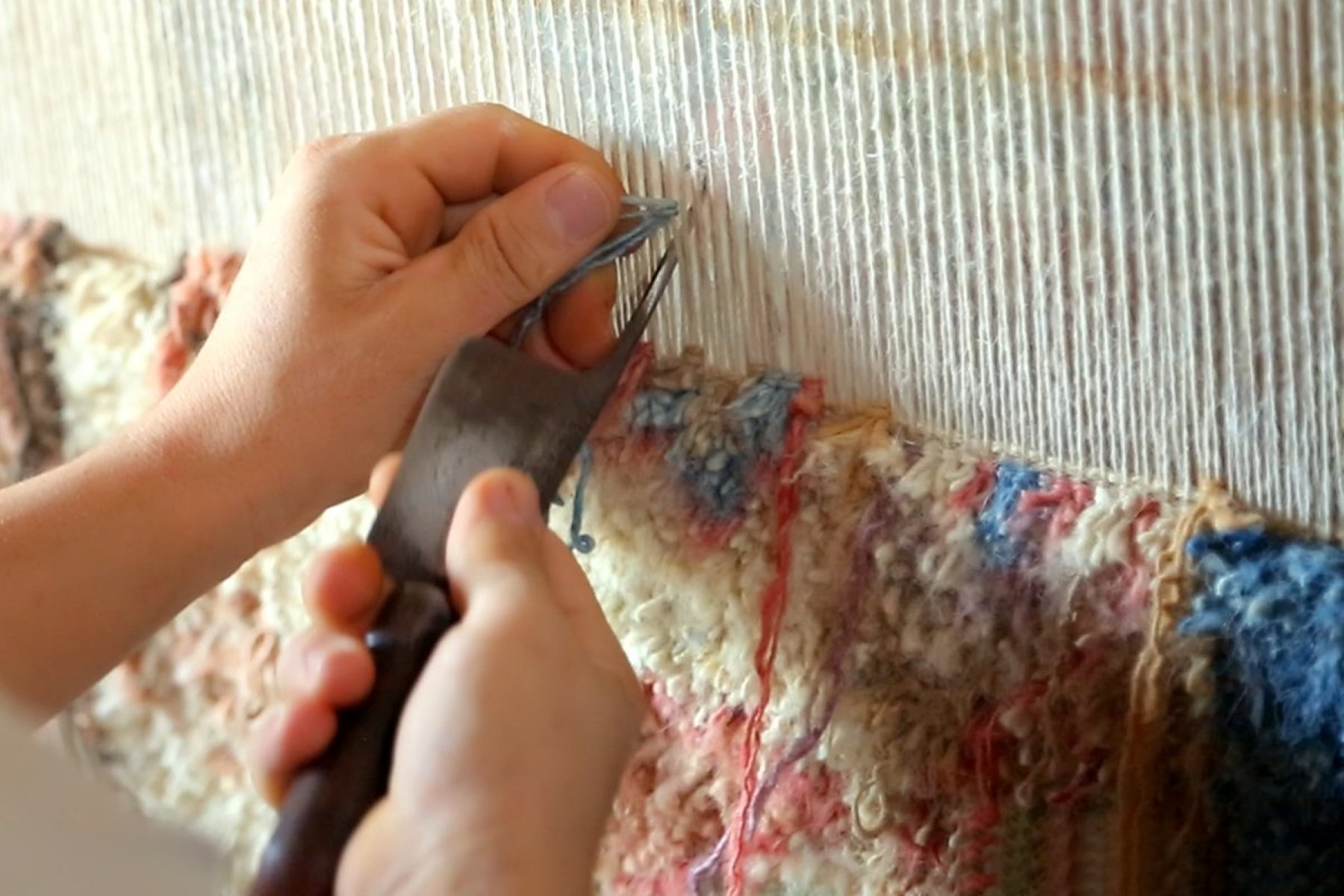
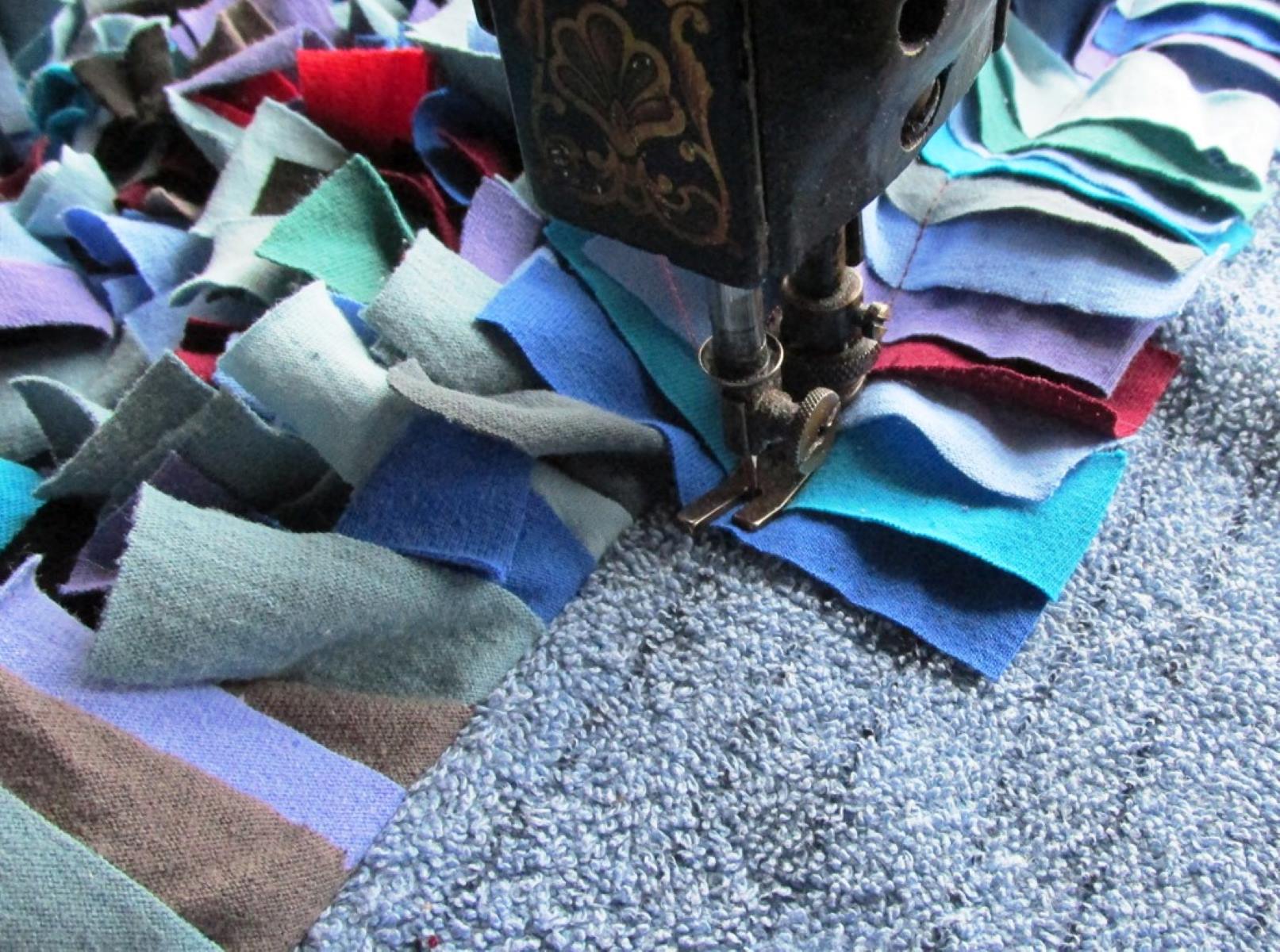

0 thoughts on “How To Make Rugs From Old Clothes”